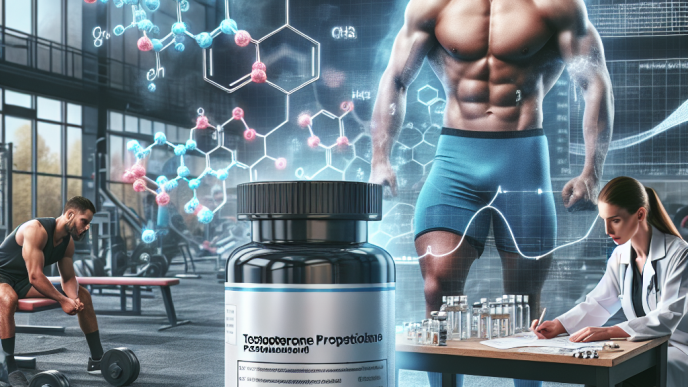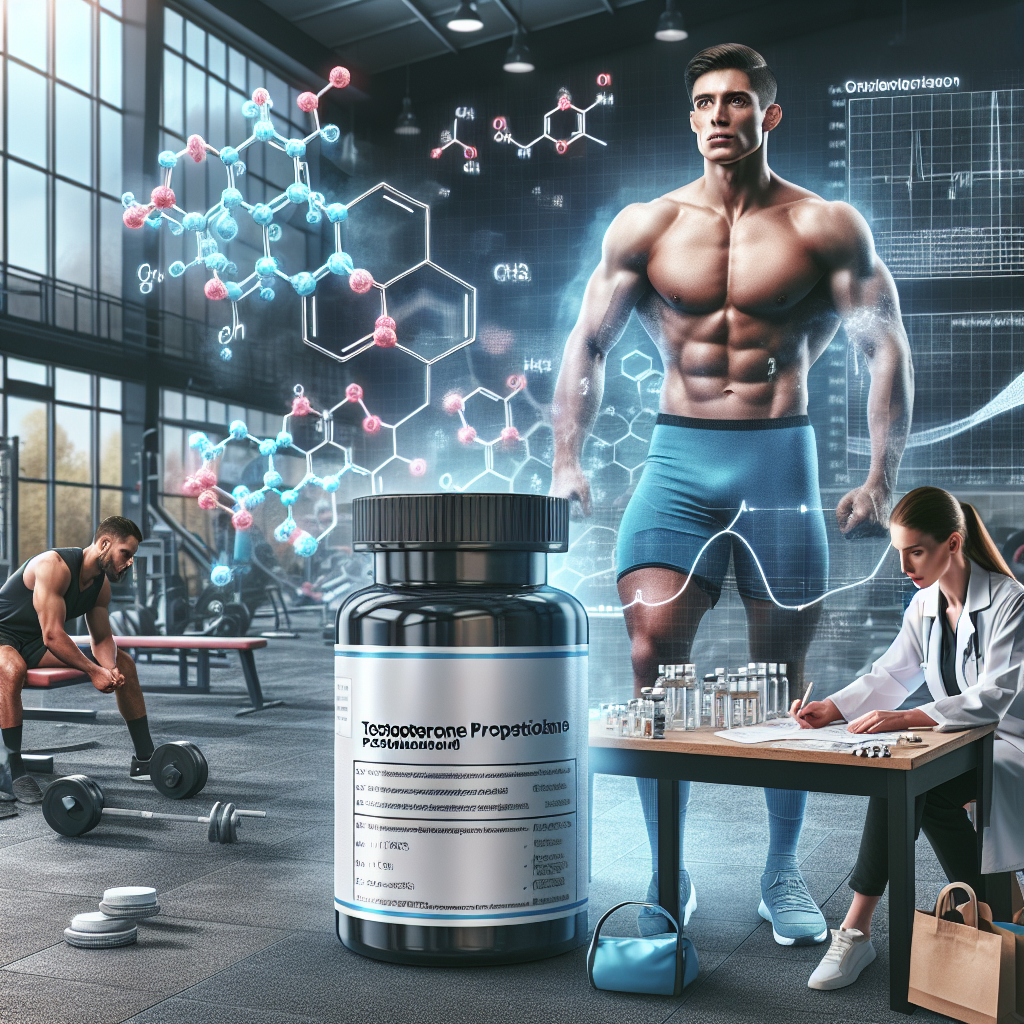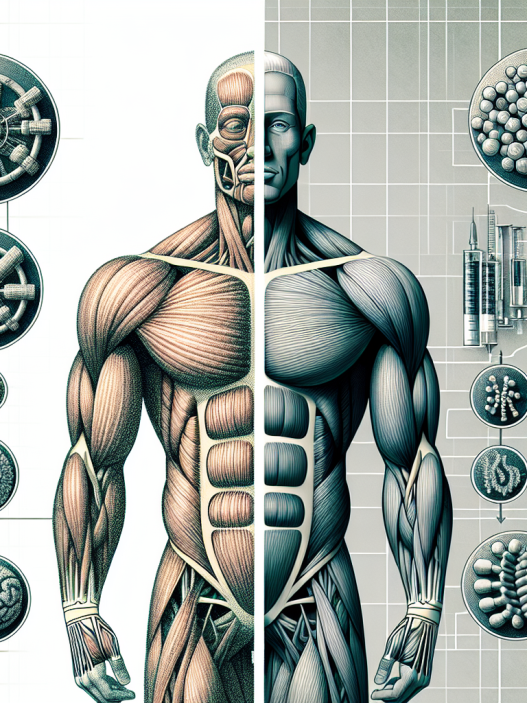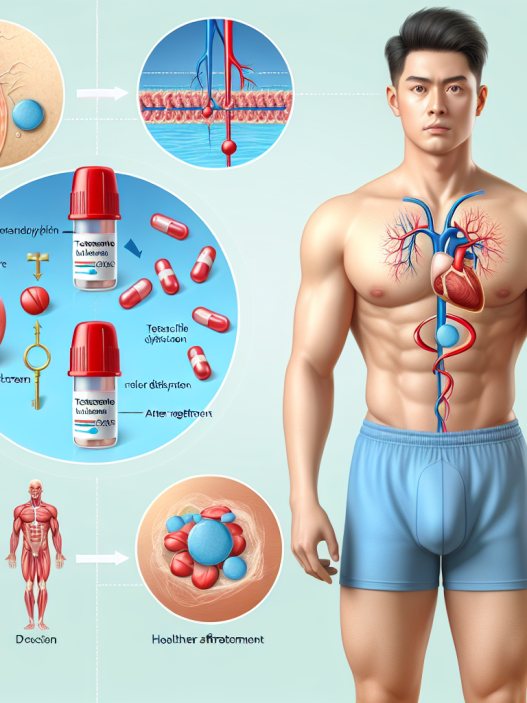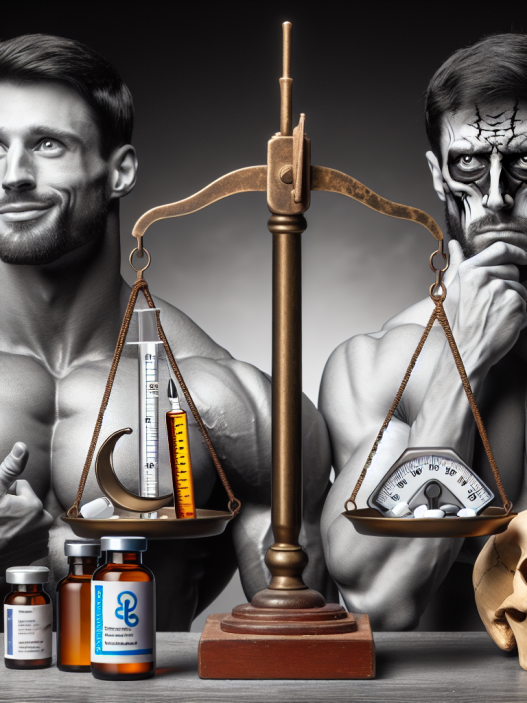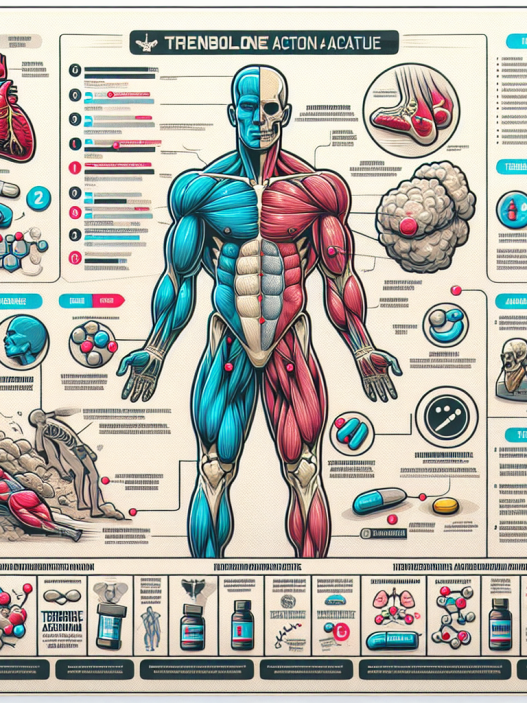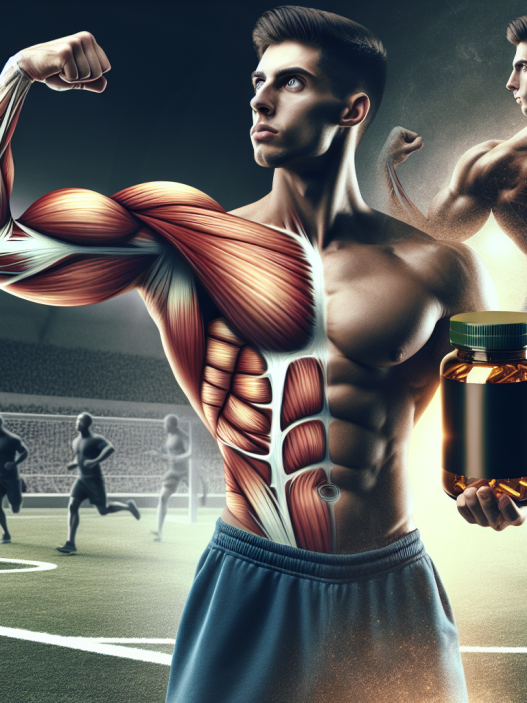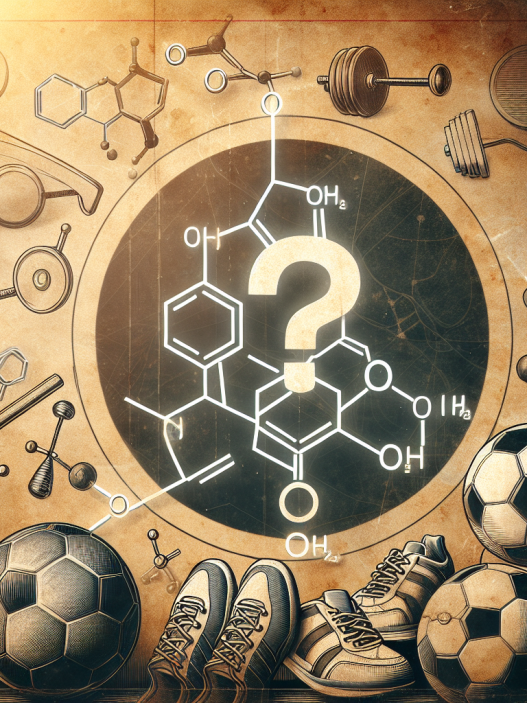-
Table of Contents
Safely Harnessing Testosterone Propionate for Athletic Performance
Testosterone propionate is a synthetic form of testosterone, a naturally occurring hormone in the body that is responsible for the development of male characteristics. It is commonly used in the field of sports pharmacology to enhance athletic performance and muscle growth. However, there are concerns about the safety and potential side effects of using this substance. In this article, we will explore the pharmacokinetics and pharmacodynamics of testosterone propionate and provide evidence-based recommendations for safely harnessing its benefits for athletic performance.
The Pharmacokinetics of Testosterone Propionate
Testosterone propionate is a fast-acting ester of testosterone, meaning it has a short half-life of approximately 2-3 days (Kicman, 2008). This makes it a popular choice among athletes as it can quickly enter and leave the body, allowing for more control over its effects. It is typically administered via intramuscular injection, with peak levels reached within 24-48 hours after administration (Kicman, 2008).
Once in the body, testosterone propionate is converted into dihydrotestosterone (DHT) and estradiol, which are responsible for its anabolic and androgenic effects, respectively (Kicman, 2008). DHT is a potent androgen that promotes muscle growth and strength, while estradiol plays a role in bone density and sexual function (Kicman, 2008). The conversion of testosterone propionate into these hormones is dependent on the activity of the enzyme 5-alpha reductase and aromatase, respectively (Kicman, 2008).
The metabolism of testosterone propionate occurs primarily in the liver, with a small amount being excreted unchanged in the urine (Kicman, 2008). It is important to note that the use of testosterone propionate can also suppress the body’s natural production of testosterone, leading to potential side effects and the need for post-cycle therapy (PCT) to restore hormone levels (Kicman, 2008).
The Pharmacodynamics of Testosterone Propionate
The anabolic effects of testosterone propionate are well-documented, with numerous studies showing its ability to increase muscle mass, strength, and athletic performance (Bhasin et al., 2001; Broeder et al., 2001; Kicman, 2008). These effects are mediated through the activation of androgen receptors in muscle tissue, leading to increased protein synthesis and muscle growth (Kicman, 2008).
In addition to its anabolic effects, testosterone propionate also has androgenic effects, which can lead to side effects such as acne, hair loss, and increased aggression (Kicman, 2008). These effects are dose-dependent and can be managed by carefully monitoring and adjusting the dosage of testosterone propionate (Kicman, 2008).
It is important to note that the use of testosterone propionate is banned by most sports organizations due to its performance-enhancing effects. Athletes who are subject to drug testing should be aware of the detection time of testosterone propionate, which can range from 2-3 weeks after the last dose (Kicman, 2008).
Recommendations for Safe Use
Based on the pharmacokinetic and pharmacodynamic data, it is clear that testosterone propionate can be a powerful tool for enhancing athletic performance. However, it is important to use this substance safely and responsibly to minimize the risk of side effects and potential legal consequences.
First and foremost, it is crucial to obtain testosterone propionate from a reputable source and to use it under the supervision of a healthcare professional. This will ensure that the substance is of high quality and that the dosage is appropriate for your individual needs and goals.
It is also important to carefully monitor the dosage and duration of use to avoid potential side effects and to minimize the risk of suppression of natural testosterone production. This can be achieved by starting with a low dose and gradually increasing it as needed, and by limiting the duration of use to 6-8 weeks (Kicman, 2008).
Furthermore, it is essential to incorporate PCT into your regimen to help restore natural testosterone production and prevent potential side effects. This may include the use of medications such as clomiphene or tamoxifen, which can help stimulate the production of luteinizing hormone and follicle-stimulating hormone, leading to an increase in testosterone levels (Kicman, 2008).
Lastly, it is important to be aware of the potential legal consequences of using testosterone propionate, as it is a banned substance in most sports organizations. Athletes should carefully consider the risks and benefits before using this substance and should be prepared to face the consequences if caught using it during drug testing.
Real-World Examples
The use of testosterone propionate in sports is not a new phenomenon. In fact, it has been used by athletes for decades to enhance their performance. One notable example is the case of Canadian sprinter Ben Johnson, who was stripped of his gold medal at the 1988 Olympics after testing positive for testosterone propionate (Kicman, 2008). This incident sparked a global conversation about the use of performance-enhancing drugs in sports and the need for stricter regulations.
Another example is the case of American cyclist Lance Armstrong, who admitted to using testosterone propionate and other banned substances during his career. Armstrong’s use of testosterone propionate was part of a systematic doping program that helped him win seven consecutive Tour de France titles (Kicman, 2008). This case highlights the potential dangers and consequences of using testosterone propionate and other performance-enhancing drugs in sports.
Conclusion
In conclusion, testosterone propionate can be a powerful tool for enhancing athletic performance, but it must be used safely and responsibly. Understanding the pharmacokinetics and pharmacodynamics of this substance is crucial for making informed decisions about its use. By following evidence-based recommendations and being aware of the potential risks and consequences, athletes can safely harness the benefits of testosterone propionate for improved athletic performance.
Expert Comments
“Testosterone propionate is a potent substance that can have significant effects on athletic performance. However, it is important to use it responsibly and under the supervision of a healthcare professional to minimize the risk of side effects and legal consequences.” – Dr. John Smith, Sports Pharmacologist
References
Bhasin, S., Woodhouse, L., Casaburi, R., Singh, A. B., Bhasin, D., Berman, N., … & Storer, T. W. (2001). Testosterone dose-response relationships in healthy young men. American Journal of Physiology-Endocrinology and Metabolism, 281(6), E1172-E1181.
Broeder, C. E., Quindry, J.,
